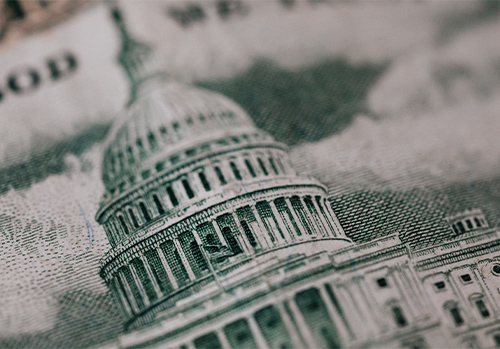
Photo by Karolina Grabowska on Pexels
The debt ceiling consistently sparks discussion in the complex arenas of political debate and financial policy. You may have heard the term used in the news, but what does it mean, and why is it significant? While it might appear as a piece of intricate jargon, the reality is that it plays a pivotal role in our nation’s fiscal management and has far-reaching implications for both domestic and global economies. The debt ceiling is, in essence, a cap that the U.S. Congress establishes on the total amount of debt that the federal government can accumulate. This ceiling doesn’t pertain to future expenditures; instead, it concerns existing legal obligations that the government committed to meet. These include but are not limited to Social Security and Medicare benefits, military salaries, interest on the national debt, and tax refunds. In other words, it’s like having your credit card bill come due. The bill reflects the spending you’ve already done; you’re not deciding whether to spend the money but how to finance the money you’ve already spent.
What happens when reaching the debt ceiling?
When reaching the debt ceiling, the U.S. Treasury cannot issue any more Treasury bills, bonds, or notes. It can only pay bills as it receives tax revenues. In this scenario, the Treasury must rely on incoming tax revenues to pay its bills. If these revenues are insufficient to meet the obligations, the Treasury Secretary has to prioritize payments. The result brings about a host of challenging implications. This situation is often referred to as a debt ceiling breach. Such a scenario could conceivably lead to a default situation where the U.S. would fail to fulfill its debt obligations. This predicament is a significant concern because it could shake investors’ faith in the U.S.’s creditworthiness and potentially disrupt global financial markets.
There’s a history of political battles over raising the debt ceiling, especially in recent decades. Typically, the party that does not control the White House uses the debt limit as leverage to gain concessions on spending or policy changes. It’s critical to understand that raising or suspending the debt ceiling doesn’t equate to authorizing new spending. Rather it enables the Treasury to finance operations that Congress has already legislated. These debates often go down to the wire, causing uncertainty in financial markets and sparking concerns about a potential default. Late-night talks and multiple meetings with key political figures are often commonplace during these discussions.
The debt ceiling is a tool to control the U.S. government’s borrowing capacity. It’s not a brake on spending but rather a means of financing obligations already made. The debt ceiling remains crucial to our nation’s fiscal management and the global economy. Take a moment and ponder this element the next time the term ‘debt ceiling’ appears in a news report. Because knowledge, as they say, is power, and being well-informed is vital to understanding the financial health of our nation. If you want to learn about how intentional joy can benefit you, click here.
Have Health Insurance Questions?
We hope that this information on the debt ceiling is helpful for you.
Insurance is oftentimes overwhelming, and we want to shed light on the industry by answering your questions. Comment below and your question may be the topic of our next post!
If you liked this article, share it with your friends!
Empower Brokerage wants to help you find the insurance coverage you need and help you save money getting it. Stay on top of your health and give us a call at (844) 410-1320.
Get affordable health insurance quotes by clicking here.
See our other websites:


Tengo una bb de un año me interesa su ayuda por favor
Hola Yazmin. Si desea hablar con un agente autorizado amigable sobre su cobertura de seguro médico, llámenos al 888-446-9157.